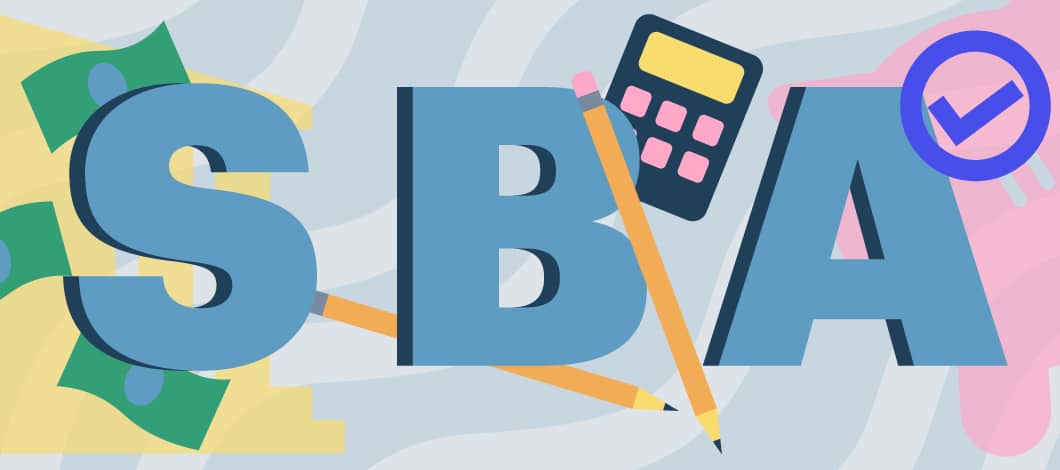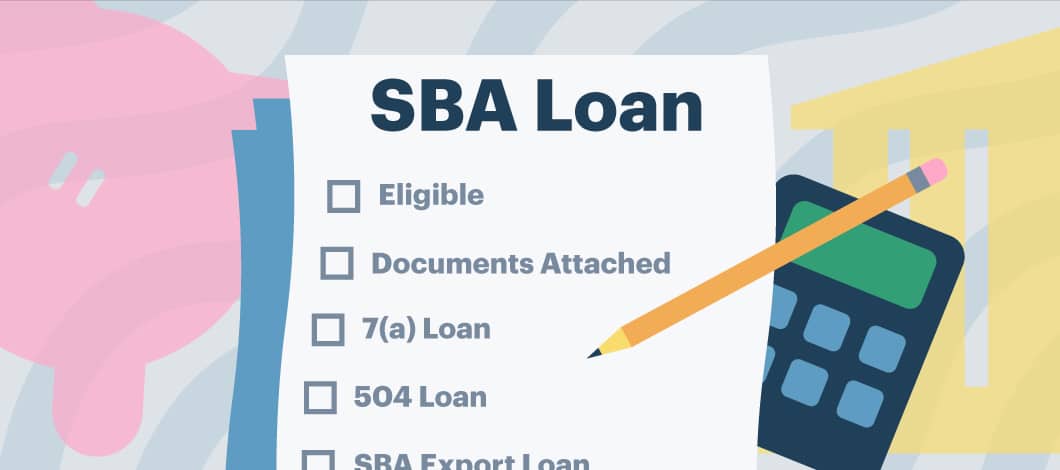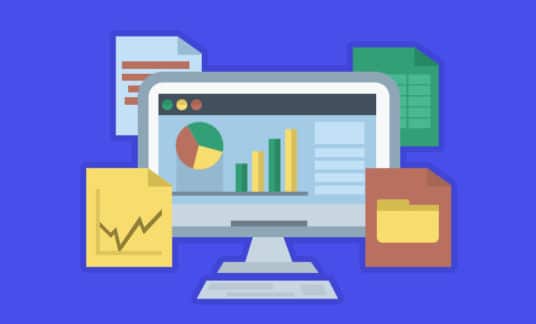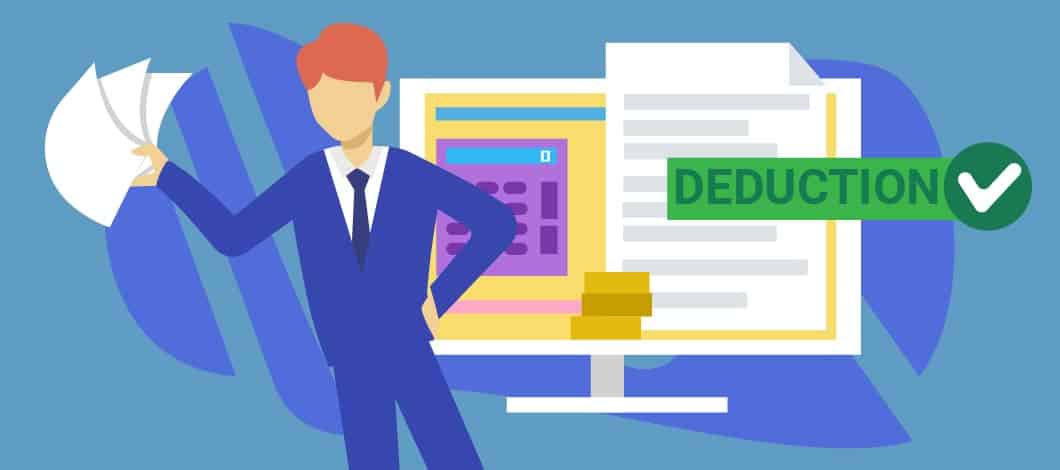Building a business requires access to sufficient working capital. However, the path to approval isn’t always straightforward. If you’re a small business owner who’s exhausted other sources for loans, consider applying for a Small Business Administration (SBA) loan.
Of course, to properly take advantage of every benefit offered by SBA loans, it’s important to know the ins and outs of the SBA underwriting and approval process. In the next few sections, we’ll share what you need to know before applying for an SBA loan, how SBA underwriters function and the 5 steps of the underwriting process.
What Is an SBA Loan?
An SBA loan is a loan partly guaranteed by the U.S. Small Business Administration. This guaranty decreases risk for participating lenders. SBA loans are an alternative for businesses that don’t qualify for a conventional bank loan due to poor cash flow, credit history or collateral. Needless to say, if your business has been turned down for a conventional bank loan, this loan type is a great funding option to explore.
What to Keep in Mind Before Applying for an SBA Loan
When pursuing an SBA loan, there are a few things to take into account.
To be considered, for example, you need to have used alternative financial resources, such as personal assets, before applying. Also, SBA loan programs favor applicants in possession of sufficient collateral for repayment. Collateral can take the form of real estate, equipment, inventory, cash or other assets.
In addition, to secure the funding and offset the risk of financing your business, a personal guarantee is required of every owner with a 20% or more stake in the business.

How Lenders Underwrite SBA Loans
Underwriting refers to the process in which lenders evaluate your viability as a borrower. The process helps lenders determine whether or not your business is a wise investment, how much money is appropriate and what financing terms make sense.
The main goals for SBA underwriters are to:
- Evaluate your level of risk to the lender
- Minimize loss in the event you’re unable to pay back your loan
- Reduce the cost of analyzing businesses wherever possible
The 5 Steps Involved in the SBA Loan Underwriting Timeline
The key to approval and funding — besides adequate financial qualifications — is keeping in contact with your lender’s underwriting team.
1. Borrower Researches and Applies for an SBA Loan
By visiting the Small Business Administration’s website, you’ll find qualified lenders to service your loan. Once you’ve done your due diligence and found the lending institution you trust and one that offers interest rates your business can support, it’s time to apply.
Regardless of whether you’re filling out an online application or working directly with a lender over the phone or in person, the questions you’ll be asked to answer are similar.
- What does your business do?
- How much funding are you seeking?
- How quickly do you need the funds?
- What’s your anticipated use of the funds?
- What’s your business’s annual revenue?
- What’s your personal credit score?
- How long have you been in business?
Related: What Are the Current SBA Loan Rates?
2. Lender Reviews Eligibility Requirements
While this is a time for the lender to get to know more about your business and whether or not you’d be a strong candidate for an SBA loan, you’re evaluating the lender as well. Don’t hesitate to ask questions about how rates and terms are determined and whether there are additional fees for early payback.
SBA loan qualifications might include 2 or more years in business, annual revenue of $50,000 and a credit score of 650 or higher. Even if your business doesn’t immediately meet these qualifications, be sure to review the eligibility requirements with your lender. Ask an SBA provider to walk you through the application process and provide you with all details regarding loan program options. By doing this, you may uncover a different SBA loan program that’s right for you.
3. Borrower Provides Documents Necessary for Loan Underwriting
One of the easiest ways to expedite the SBA approval and subsequent funding process is to provide all of your documents upfront. Make sure you have your driver’s license, tax returns from the last 2 years, bank statements for the last 6 months, current balance sheet and profit-and-loss statement as well as your business debt schedule at hand.
Beyond the items we’ve listed above, you may be asked to provide the following:
Business Organization Documents
These include business licenses, permits, titles, lease agreements, patents or copyrights and approvals.
Business Plan
A business plan includes a description of your business, what you do, additional information on your products and services, an outline of your team, future plans for your business.
Statement of Purpose
This is a statement detailing how the loan will benefit your company and how you’ve invested your personal resources in the business. This should include an itemized explanation.
Financial Statements
Your financial statements should include the following:
- Personal net worth
- Debts
- Financial obligations
- Cash flow statements
- Income
- Expenses
- Profit and loss statements
- Payroll records
- Balance sheets (noting value of the business)
In many cases, this information can be taken from the most recent months of accounting software records. Additionally, you’ll be required to submit a background check. Your loan application will also require documentation of the citizenship information of the applicants.
You should expect to wait a few weeks while the underwriting process ensues before continuing to the next steps.
4. Borrower Decides What Kind of SBA Loan to Secure
There are a variety of SBA loan options that could be helpful to your business depending on what you qualify for and your intended use of the funds. The type of SBA loan you pursue will influence how long the process will take.
The most common SBA programs include:
7(a) Loan
Repayment terms on 7(a) loans extend up to 7, 10 or 25 years, and loans are available for $5,000 to $5 million. Depending on the loan amount and term, the maximum interest rate on a variable-rate loan can range from 5.5%-8%. These loans can be used for refinancing debt, purchasing equipment, buying a franchise or expanding your business.
504/CDC Loan
The SBA 504/Certified Development Company program is designed to provide funding for the purchase of real estate, land, building improvements, new construction or machinery. Borrowers are required to put a minimum of 10%, with the CDC funding up to 40% of the loan and the lender funding up to 50% of the loan.
These loans come with repayment terms of 10, 20 or 25 years with interest rates for the CDC loan portion at 2.231%, 2.364% and 2.399%, respectively. Lender rates are subject to SBA loan rate maximums. An initial SBA guarantee fee of 0.50% is also required.
SBA Export Loan
This is for an exporter whose central business is based in the U.S. The Export Working Capital Program can be used to finance purchases from foreign suppliers, inventory or the production of export goods and services. This loan may have a quicker processing time than the 504 loans. As a way to encourage trade, the SBA provides lenders with up to a 90% guaranty on export loans as a credit enhancement.
5. Borrower Receives Offer and Funds
In most cases, approval takes between 30 and 90 days for an SBA 7(a) loan or the SBA Export loan and could extend up to 6 months for a 504/CDC loan, which can take longer due to dual funding and additional paperwork requirements. That said, you may have access to funds in as few as 30 days.
It’s best to review your own personal timeline with your lender to identify when your business should expect the funds in your account.

How Long Does the Underwriting Process Take?
The length of time it takes to underwrite an SBA loan varies depending on the specific loan type. For example, you could receive funds from an SBA program in 30-45 days with an SBA Express loan. In contrast, for other SBA loans, the process often takes 60-90 days.
Advantages of SBA Loans
There’s a good reason SBA loans are one of the most sought-after business financing products on the market. SBA loans are ideal for long-term investments with their extended terms, low down payment requirements and competitive interest rates. These advantages can make a huge difference for small businesses with potential just starting out or established companies that need a boost in working capital or are looking to expand.
What to Expect With the SBA Underwriting Process
As we’ve learned, the underwriting process for an SBA loan is not as complicated as it may initially appear. It’s simply the lending company’s way of verifying all of the details you’ve submitted with your application and evaluating the risk your business may potentially pose to them.
The best way for you to treat the underwriting process is to have all your paperwork together. Typically, for eligible businesses, you’ll review the terms carefully with your lender, and funds can be in your account to grow your business in as few as 30 days.
While the SBA closing process may take longer than other loan programs, it is a suitable option for a small business owner whose credit is less than stellar and is still seeking competitive rates and terms.










